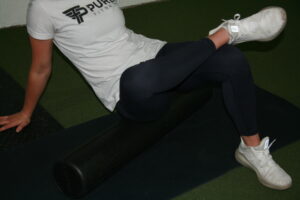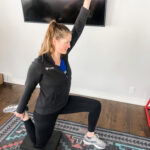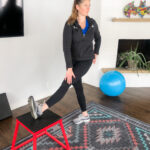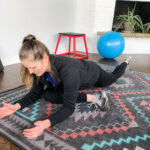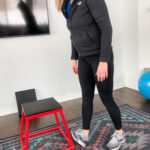As the heartbeat of the fitness world, personal trainers hold a unique power - the power to transform lives, ignite passion, and inspire lasting change. Now, imagine channeling that incredible force into something even more extraordinary - your own fitness business....

IronMan Injury Prevention
Today guys, we were talking IronMan injury prevention. I would say that one of the most asked questions I get while training for an IronMan is..
“How do you take care of yourself?”
Or perhaps put in a less eloquent way…
“Doesn’t that just trash your body?”
Usually when someone asks me that question I jump into a long-winded explanation. I blab on about how it could and to some extent will take a toll on your body. But with proper training and recovery you should be just fine.
And as a rule, in general I’m trying to no longer be long-winded. If there’s one thing that Mike and his type eight personality has taught me, it is that being long-winded is not always appreciated. Check out more about the Enneagram personalities.
What I want to provide you with today is a synopsis of how to prevent injury while training for an IronMan. For this conversation I’ve brought along with me my training partner friend and physical therapist Kaite Van Laanen.
She is going to give us the expert medical side of injury prevention from a physical therapist point of view. And I’m going give you my perspective as a trainer.
Whether you’ve always wondered how it’s possible for the human body to perform an activity like an IronMan or if you’re training for one yourself what you’re about to read will give you a great understanding of how to successfully train for an IronMan and remain healthy.
Now let me take a step in another direction.
HOW YOUR GEAR CAN PROVIDE INJURY PREVENTION WHILE TRAINING FOR AN IRONMAN
My first endurance event was with MS Run the US in 2015. And boy did I have a huge learning curve. I had never ever ran a marathon before and I was setting out to run six marathons in six days for the charity.
By day three I learned that I should have checked by ego at the door. And that your running shoes are essential to success. I had brought with me one single pair of running shoes.
There should be dramatic background music playing. Like right when a detective figures out who the murderer is. Because the one pair of running shoes was murder on my feet and ankles. Take a look at the picture of my ankle at the end.
I was running in the same pair of shoes day after day for six days straight. If you haven’t done the math yet that is over 150 miles. And I had been training in these shoes prior to the event!
If this doesn’t seem like a big deal, let me tell you two things. One, the average mileage of a shoe is 300-500 miles. Two, shoes need time to recover. The cushioning/support gets worn down through the pounding of running. 48 hours is recommended between wears.
All of this is to say, if you are doing an endurance event find the best gear for you. I swear it will make a difference.
Please don’t get that confused with “you need all the bells and whistles”.
What you need is equipment that is fit to your body, that will allow you to perform your best during training and racing. If you are a mom, check out my stroller running essentials.
Now let’s talk about how to train to prevent an injury.
INJURY PREVENTION WHILE TRAINING FOR AN IRONMAN FROM A PHYSICAL THERAPIST
If you have been reading my other articles, Training for An IronMan As a New Mom with less time in 2021 and How To Use Interval Training For A Successful IronMan Run, then you know I am giving a HUGE amount of focus on running for my upcoming IronMan race. And training for any running endurance event comes with unique challenges from an injury prevention perspective.
As a personal trainer I most commonly I see chronic knee pain, plantar fasciitis and shin splint style pain in my clients. Frequently these pains are associated to bad footwear, over training/ bad programming or poor recovery.
If I can’t help a client with adjusting their programming, targeting their recovery or changing their footwear I always refer to a physical therapist. As my friend Kaite said to me, “nothing will compare to the hands of a good PT”.
COMMON RUNNING INJURIES SEEN IN ENDURANCE ATHLETES
- Posterior tibial tendonitis
- Plantar fasciitis
- Hamstring strain/pain
- Piriformis pain
- Chronic knee pain
The trick here is to prevent a running related injury before it starts. Kaite recommends a four tier approach.
4 STEPS TO PREVENT A RUNNING RELATED INJURY BEFORE IT STARTS
First, use a dynamic warm-up before starting any run. You want to simulate what you are going to do at a slower speed and intensity. The more specific you can be to the movements you are going to perform, the better the warm-up. And the intention is to increase blood flow to muscles and activate the supporting musculature to prevent pain and injury during a workout.
Second, stretch AFTER you run and make sure you are doing it correctly.
According to Kaite, a runner should address the following as part of cool down stretching.
- Hip flexors/quads
- Hamstrings
- IT band
- Piriformis
- Calves
Third, consistently strength train, with a focus on balance, for the smaller supporting muscles of the lower extremities. And of course, don’t forget core strengthening.
I have more details on this below. Keep reading!
Fourth, use a PT to find areas of the body that have the potential to contribute to mechanical dysfunction and cause pain.
Kaite’s advice for IronMan athletes, “With this intensity and length of a training program, athletes are bound to have things pop up. Deal with pain as soon as it arises. Don’t try to just train through it”.
She also encourages athletes to use a PT even before pain occurs to prevent injury. Having assessments on strength and flexibility to be proactive about your entire training program.
INJURY PREVENTION WHILE TRAINING FOR AN IRONMAN FROM A PERSONAL TRAINER
I have two words for you. Strength. Training.
For a while there was some debate on how strength training should fit into an endurance athlete’s program. The good news is that we know it is needed. But that doesn’t mean it is given the time it needs.
Strength training should be used throughout the entire training cycle. Deloading as you come near race day to hit your performance peak.
TOP AREAS TO STRENGTHEN FOR RUNNERS
A properly developed program should focus on both restoring balance from the volume of training (opposing muscles) and strengthening/building endurance in the necessary muscles.
I would argue that posterior chain is extraordinarily important for runners. I pay special attention to glutes, hamstrings and back/posterior shoulder muscles to improve muscular balance.
The initial focus is on full range of motion, followed by stability. Only then can we truly load an athlete for performance.
And you can never underestimate the necessity of core strengthening in your program. Your core is your foundation for movement. The better your foundation the better your movement will be. That be injury prevention, running faster, or simply feeling better.
Additionally, would encourage athletes to focus on training their lactate threshold for improving their overall performance. Read this blog for more information on how to train your lactate threshold for running.
The better periodized your program is, the better results you will get and you will be able to avoid training related injuries with ease.
MANAGING PAIN WHILE TRAINING FOR AN IRONMAN
If you are currently dealing with an injury or chronic pain/discomfort I am sure you feel torn on what to do. It is easy to get caught in limbo. Thinking, how can I race if I don’t train – and – how can I train if I am always in pain.
I can’t give you a clear answer. Simply because I don’t know you. What I can do is be the good angel sitting on your shoulder. Sometimes rest will save you time.
I often see athletes who could take 1-2 weeks of rest and recover without and impact to their end goal. However, they elect not to rest and carry a nagging injury with them to race day. That is the kiss of death.
I will leave you with this one last thought.
Your mind is your most powerful tool.
In training and in racing.
Before you show up on race day you have determined your fate to finish or to not. Your mind decided how disciplined you would be during training. And you have already decided to seek the best help possible to ensure your success.
Respect your mind and use its power.
I shared more about How To Have Discipline For An IronMan Race and Mental Challenges of Training for An IronMan As A Mom in these blogs. They are worth a read if you are struggling or wondering if you should take the leap and sign-up!
Cheers to IronMan training!
3 Reasons a Personal Trainer Thrives as Fitness Entrepreneur
Fit Finds: The Ultimate 2023 Fitness Gift Guide
Welcome to the world of fitness and wellness gifting! As we gear up for 2023, it's time to start setting goals and looking for resources to help us succeed. Whether you're a fitness fanatic or seeking the perfect gift for one, our Ultimate 2023 Fitness Gift Guide is...
The Power of Social Proof In Personal Training
In the world of personal training, where trust and credibility play pivotal roles, the concept of social proof functions as an authentic way to connect with your audience. Social proof, the influence created when individuals see others engaging in a particular...


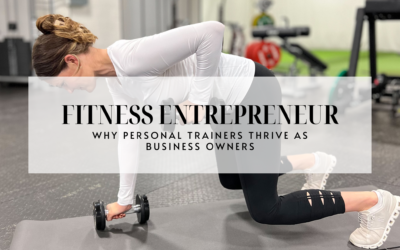

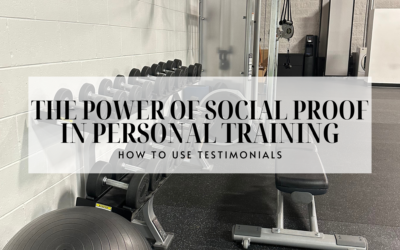

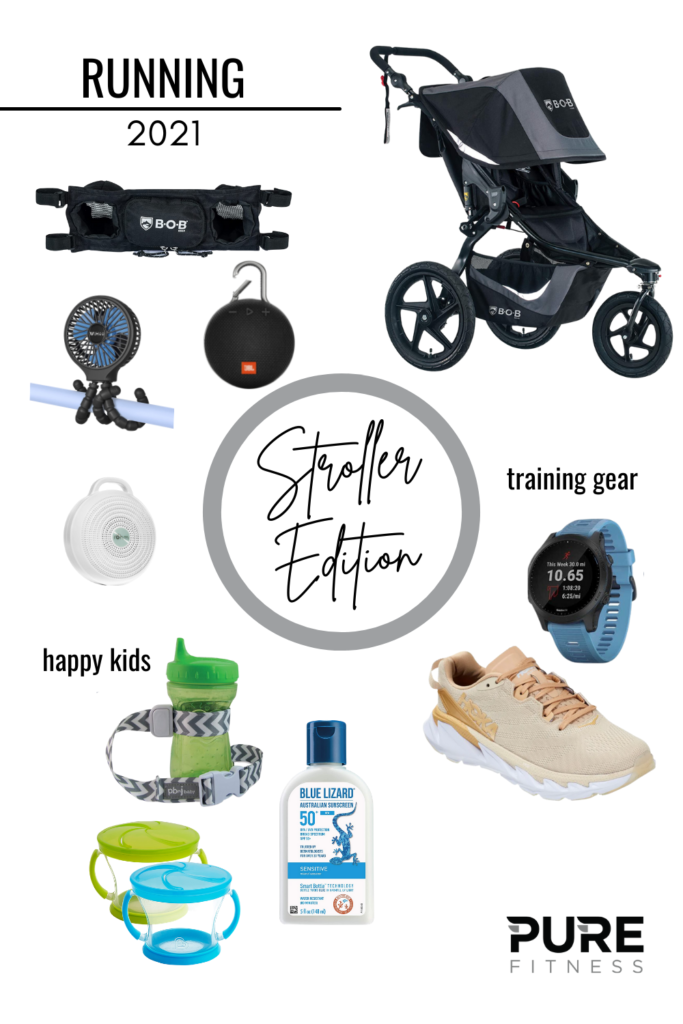





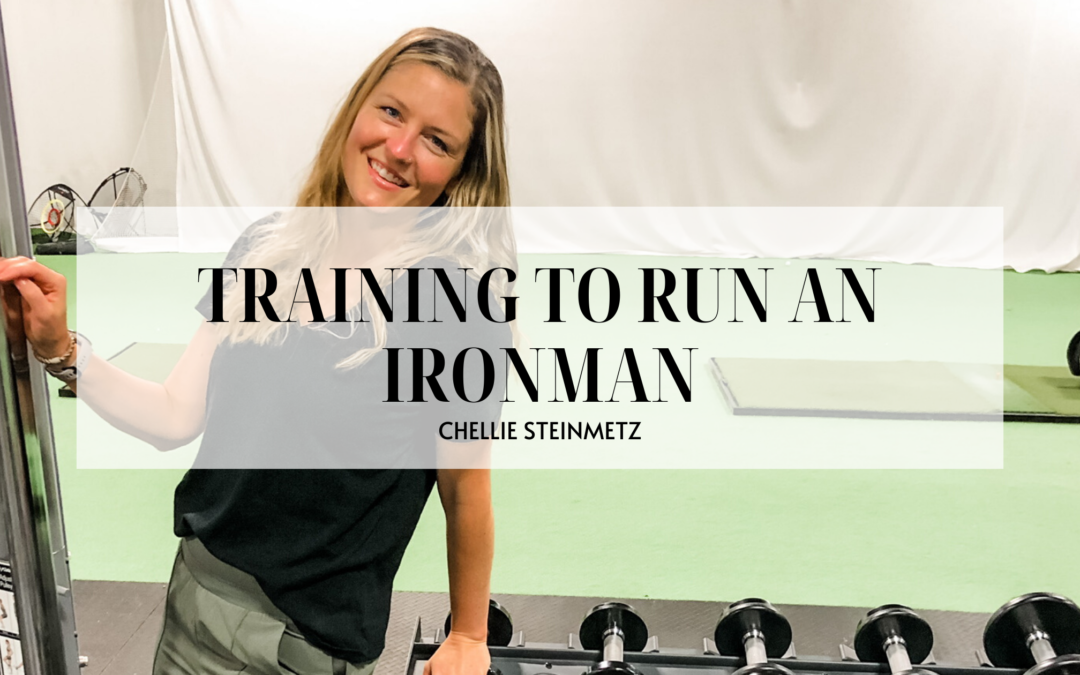
 I wish I could write down exactly what I do every day for the entire month. But you will have to follow me
I wish I could write down exactly what I do every day for the entire month. But you will have to follow me 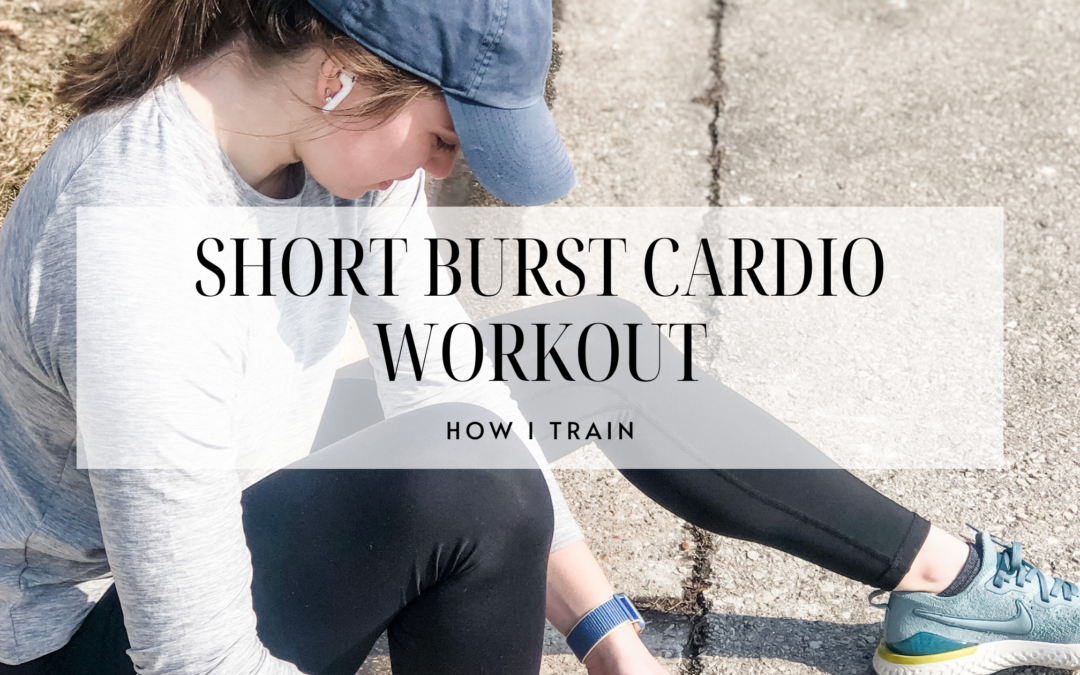
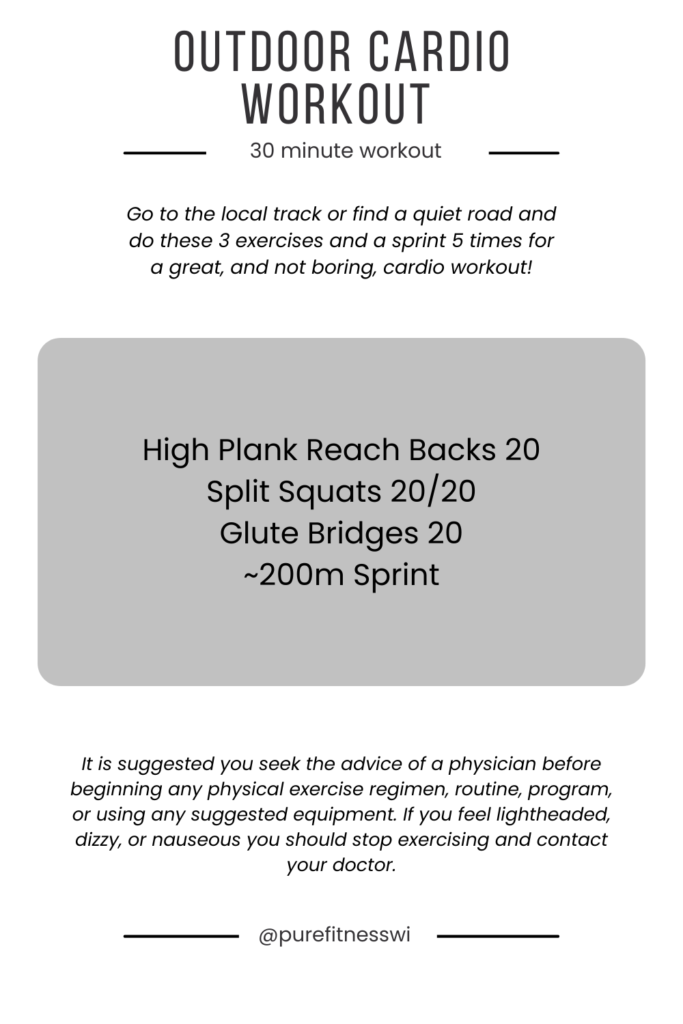
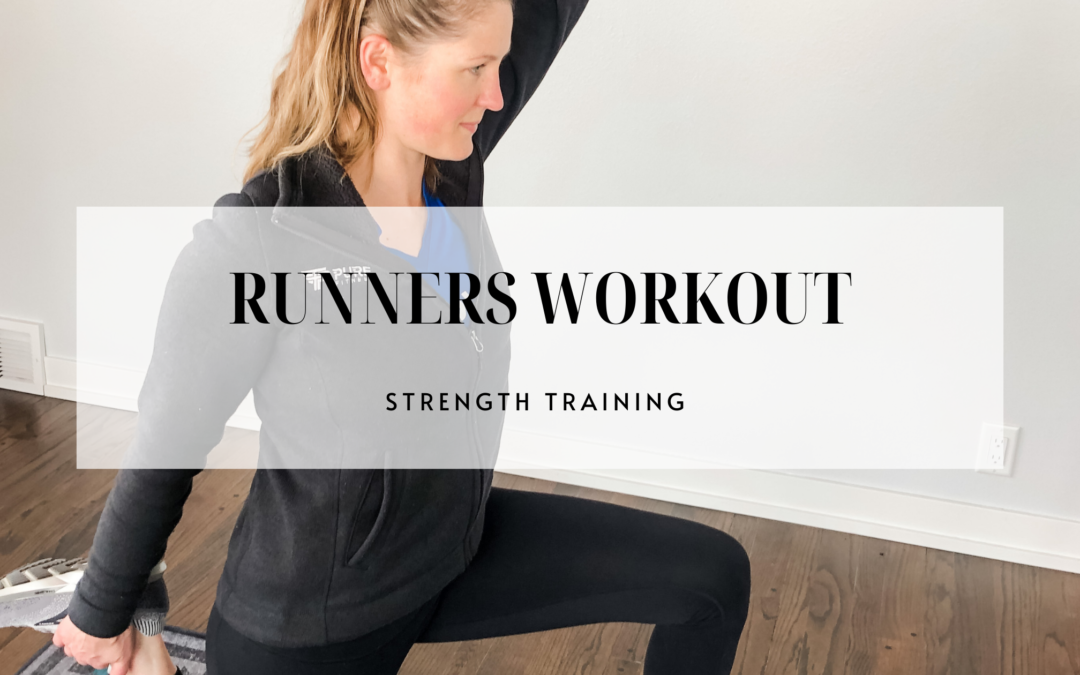
 There are many reasons why runners and “non-runner” runners should be strength training weekly. But here are my top three:
There are many reasons why runners and “non-runner” runners should be strength training weekly. But here are my top three: